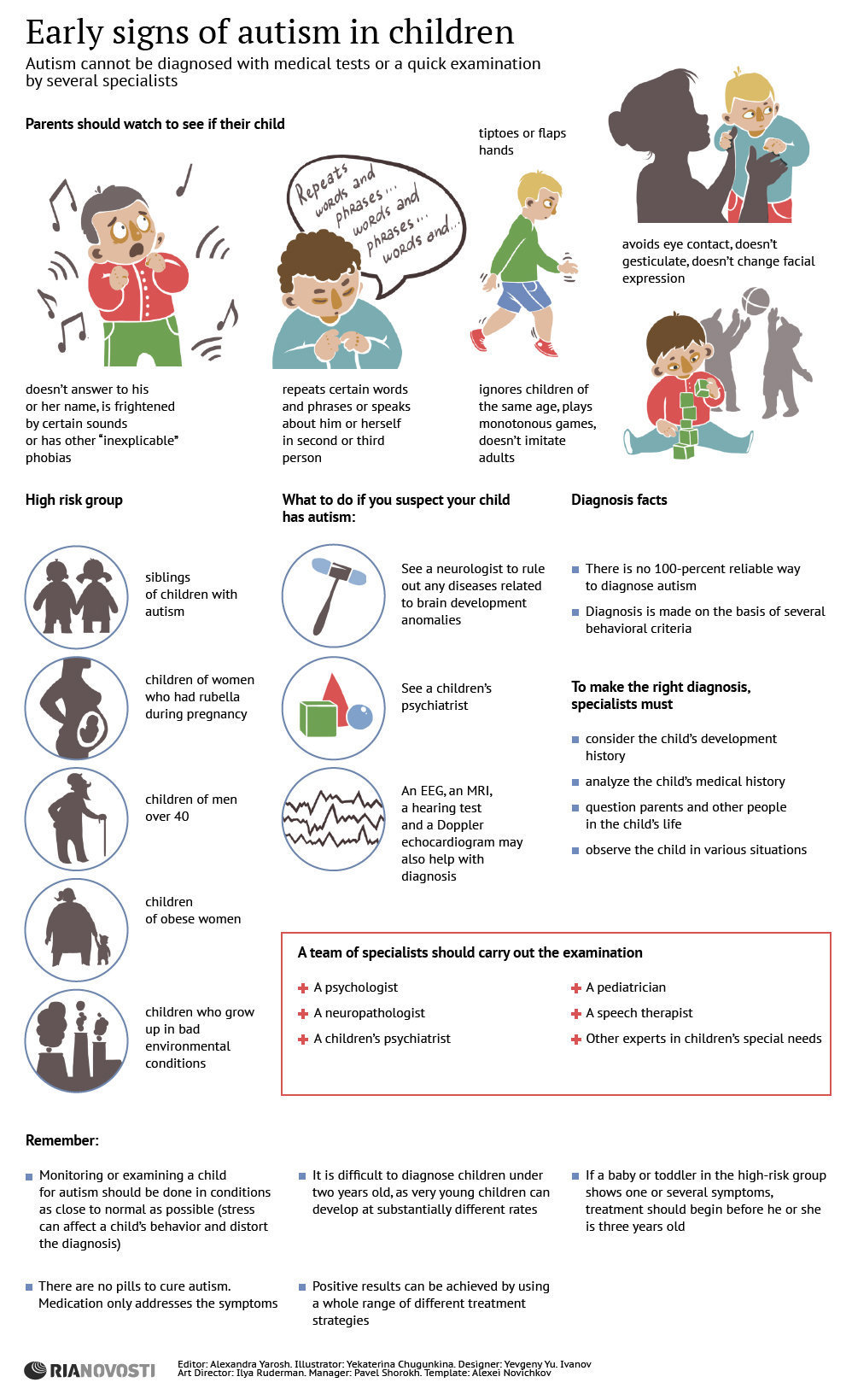How Does Art Therapy Work
How Does Art Therapy Work
Blog Article
What Types of Therapy For PTSD Are Available?
Therapy for PTSD helps you learn to manage your signs and symptoms and reclaim control of your life. It can include dental medicines or talk therapies. Psychiatric therapy, or talk treatment, is the most common treatment for PTSD. It can happen individually or in a group setting.
Signs of PTSD can vary from being conveniently startled to preventing tasks and individuals. These symptoms can also impact member of the family and children.
Cognitive behavioral therapy (CBT).
CBT focuses on transforming adverse patterns of assuming and behavior that may be triggering PTSD signs. This treatment is commonly short-term and client-centered, with the therapist and client establishing therapy objectives with each other. CBT has been shown to decrease PTSD symptoms in a number of scientific tests making use of clinician-administered and self-report measures of PTSD. These results are mediated mainly by modifications in maladaptive cognitive distortions, with some research studies reporting physical, useful neuroimaging, and electroencephalographic adjustments associating with feedback to CBT.
TF-CBT uses psychoeducation and imaginal exposure to teach clients exactly how to much better control emotions and handle their injuries. This treatment has actually likewise been revealed to enhance PTSD signs in kids and teenagers.
Eye motion desensitization and reprocessing (EMDR).
EMDR is an evidence-based therapy that functions by assisting individuals procedure injury making use of flexible data processing. It can be made use of on its own or with various other treatments. It has actually been revealed to be efficient in dealing with PTSD. EMDR is commonly utilized around the globe.
It begins with history-taking and a collective treatment plan. During this phase, you will talk about the factor you are looking for treatment and determine traumatic memories you wish to focus on. The therapist will likewise instruct you methods to handle any type of difficult or distressing emotions that may arise during a session.
During the recycling phase, you will recall a traumatic memory while taking note of a back-and-forth movement or audio (like your copyright's hand crossing your face) up until the unfavorable pictures, thoughts, and feelings associated with it begin to lessen.
Somatic experiencing.
A specialist that focuses on this method will aid you familiarize the physical experiences that accompany your PTSD signs. They'll likewise instruct you how to identify your free nerve system and its role in the trauma response.
Unlike various other injury therapies, somatic experiencing doesn't focus on memories or feelings. Rather, therapists work to launch the stress from your body and eliminate your signs.
This treatment has actually been located efficient in a number of randomized controlled tests. Nonetheless, the results from these studies are restricted by little sample sizes and various other technical deficiencies. These shortcomings restrict the outside validity of these searchings for.
Present-centered treatment.
Present-centered therapy (PCT) is a non-trauma concentrated psychiatric therapy that aims to improve individuals' connections, instill hope and positive outlook, and promote problem-solving. While PCT does not have direct exposure and cognitive restructuring techniques of trauma-focused therapies, it has actually been shown to be as reliable in lowering PTSD signs as trauma-focused CBTs.
In a series of eleven researches, PCT was compared to a delay listing or minimal call control problem and to TF-CBT. PCT was superior to the WL/MA problems in minimizing self-reported PTSD signs at post-treatment, and it was associated with minimized treatment failure rates. However, the impact size was not large sufficient to be scientifically meaningful.
Reflection.
Meditation aids people relax their nerve systems and practice self-care. This treatment focuses on the physical experience of breathing, and individuals may obtain distracted crisis mental health support by ideas or emotions, yet it is very important to return their focus to the breath time and again.
PTSD affects not just those that have straight experienced the trauma, however also witnesses and those that work with emergency situation responders or police. Signs of PTSD can consist of intrusive, disturbing memories, flashbacks or problems, and problem focusing or sleeping.
Staying clear of uncomfortable memories and sensations is a typical reaction to injury, but it just makes symptoms even worse. It's important to look for treatment prior to PTSD interferes with your life and connections.
Dual medical diagnosis treatment.
Signs of co-occurring PTSD and substance utilize problem (SUD) are typically connected and both should be resolved in healing. Individuals who experience PTSD can be most likely to turn to alcohol or drugs to self-medicate and briefly alleviate invasive ideas, flashbacks and unfavorable mood swings.
PTSD signs consist of reoccurring and spontaneous distressing memories or dreams, brilliant and dissociative reactions that feel like experiencing again the occasion, avoiding locations, individuals, conversations, or things associated with the trauma, sensations of hypervigilance and being always on guard or quickly startled, and feelings of psychological numbness.
Double medical diagnosis treatment includes treatment and finding out healthier coping systems. It might also involve pharmacotherapy, such as antidepressants or state of mind stabilizers.